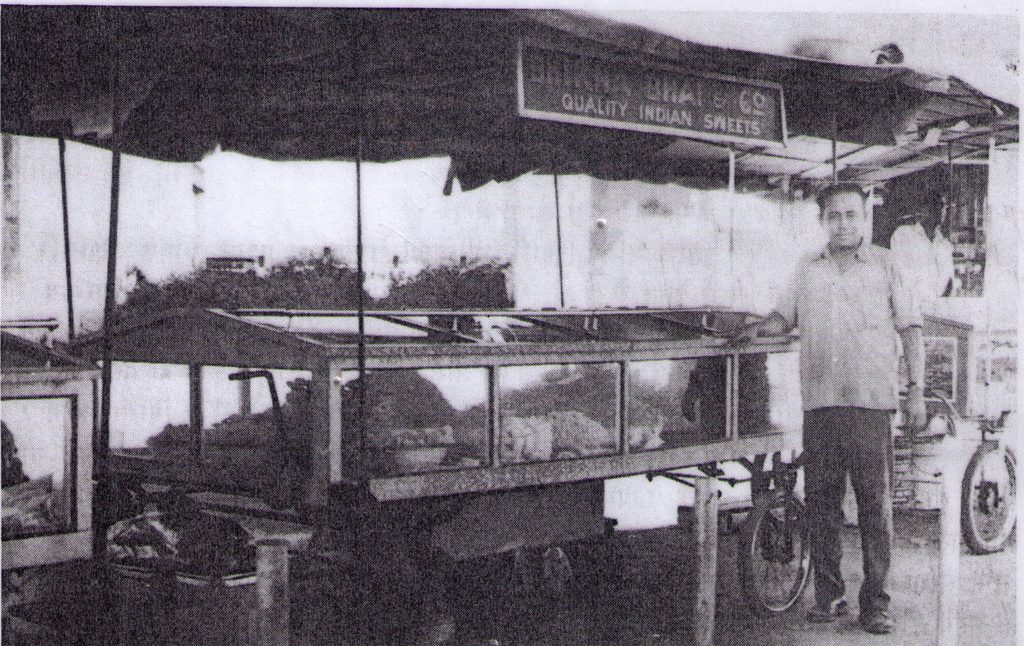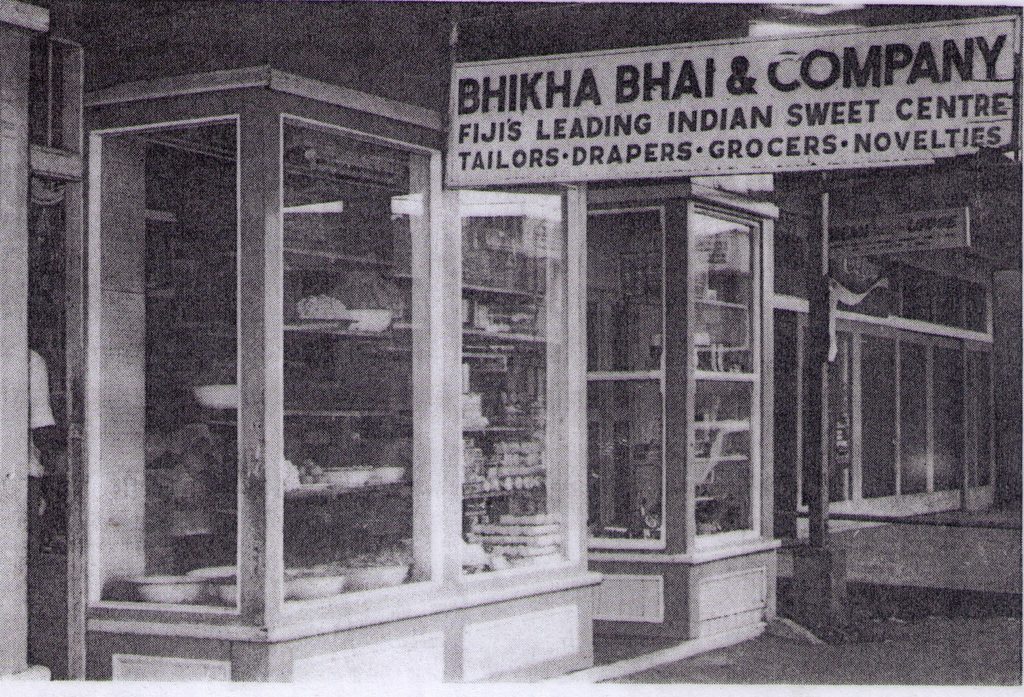FOR generations of Fijians, the humble bean cart has been the source of many memories and riveting stories.
Even those reading this can recall an instance where the famed bean cart – which has become deeply embedded in Fiji’s history and culture – has been the star of a treasured moment in life. And it has been around for as long as one can remember.
But where did it all start out?
The origins of Fiji’s bean carts are rooted in the indentured trade, and by extension, the wave of eager traders with a keen acumen for business, who would go on to establish some of Fiji’s biggest brands.
Selling sweets turned out to be a promising venture, and it was one that helped propel Bhikabhai into prominence.
The beloved sweet company started out from a simple bean cart.
In the 1920s, Parbhu Bhai Hira’s passion for cooking and making Indian sweets led him to Fiji, which at the time, enjoyed a thriving Indian community.
The end of the indentured period meant greater economic opportunities for Indians to explore in a new home whilst keeping true to their ideals and culture.
Hira chose Ba as his homestead and this sugarcane farming town was where he found success. To reach more customers in a fresh and innovative approach, he served up Indian desserts and savouries from his bean cart.
Pretty soon, it wasn’t just the Indian community who enjoyed these sweets, but the iTaukei as well.
This was their start. And while Bhikabhai eventually expanded operations from their bean carts to shops around the country, the bean cart did not die a swift death.
The concept was picked up by sweet sellers across Fiji and now, there are bean carts in every town and city, offering a variety of delicacies to sate your taste.
To dig in deeper about the history of bean carts, we reached out to the director and CEO of Bhikhabhai and Swits-n-Snax, Viraaj Lad, who told this newspaper the bean cart most likely started during the indentured labour system, mainly to cater for the Indian population brought into Fiji.
“Bean cart is the same concept out of India,” he said.
“It is also called lari. The bean carts used to be on tyres and it would be pulled from business storage to main area of business being close to the bus stand and then pulled back.”
The carts owned by Bhikabhai were operated by the owners mostly with some employees.
“In our business the bean cart was operated until 2004. We would not know the first sweets sold but most popular was and still is yellow barfi, red jalebi, penda, laddu and gulab jamun.
“Other favourites were khaja (lapetta) and lakri mithai.
“It was very cheap of course as the raw material was not expensive. British pounds were used. Last memory recall was four pieces of sweets i.e. one of each penda, laddu, gulab jamun was sold for 10 cents (today’s currency).”
Mr Lal said during the time, the customer base was mainly the Indian population residing in Fiji. Given that many Indians were also religious and celebrated many festivals, sweets became an integral part during festivals and gatherings.
“Indian sweets and snacks were part of traditional celebrations, so it is also of cultural significance as well like Holi, Ram Naumi, Krishna Janamastami, Eid, Diwali, weddings, engagement and birthdays to name a few.”
Mr Lal said there were quite a few businesses that started out from bean carts and were still operational.
“We may be the only ones being operated by fourth generation family members.
“Our products had cultural significances when people met each other and celebrated. It has become ‘bean mithai’ for our indigenous community and they all love it. For over 100 years, the sweets business has been in Fiji and surely become part of our long history when it comes to gifting.”
The Bhikha Bhai bean cart became a popular spot for Indians in Ba. Picture: SUPPLIED



